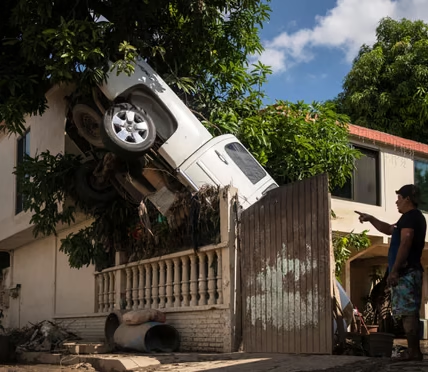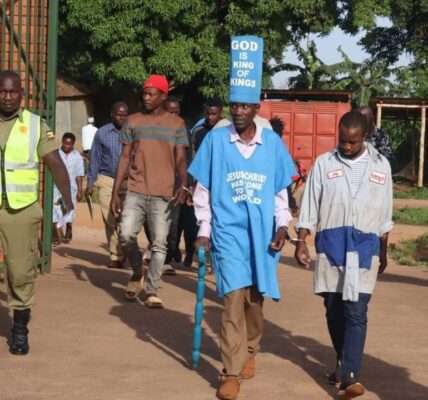A new wave of artificial-intelligence technology is transforming how people remember — and how they mourn. AI systems are now capable of recreating faces, voices, and gestures of the deceased, giving rise to what experts call “digital resurrection.”
From Russia to China, India to the United States, grieving families and public institutions are embracing AI avatars that mimic the dead with startling realism. In Russia, the Final Meeting project allows users to revive loved ones lost in war, while Chinese tech startups market “resurrection packages” that convert photos into interactive 3-D likenesses.
AI has even entered political and legal spaces. India’s late leader M. Karunanidhi has been digitally brought back for memorial events, and in Arizona, a virtual version of a murder victim addressed a courtroom.
Yet the same technology has darker uses. Hamas recently released an AI-generated video of its leader to mark the anniversary of the October 7 attacks, using the medium as propaganda rather than remembrance.
The phenomenon has divided opinion. Supporters say AI helps families find peace; critics warn it manipulates emotions and distorts reality. Zelda Williams, daughter of comedian Robin Williams, has condemned such recreations as “horrendous Frankensteinian monsters.”
Analysts estimate the global AI-memorial market will reach $80 billion within a decade, but as the technology spreads, one question looms: Should humans revive the dead — even digitally?






